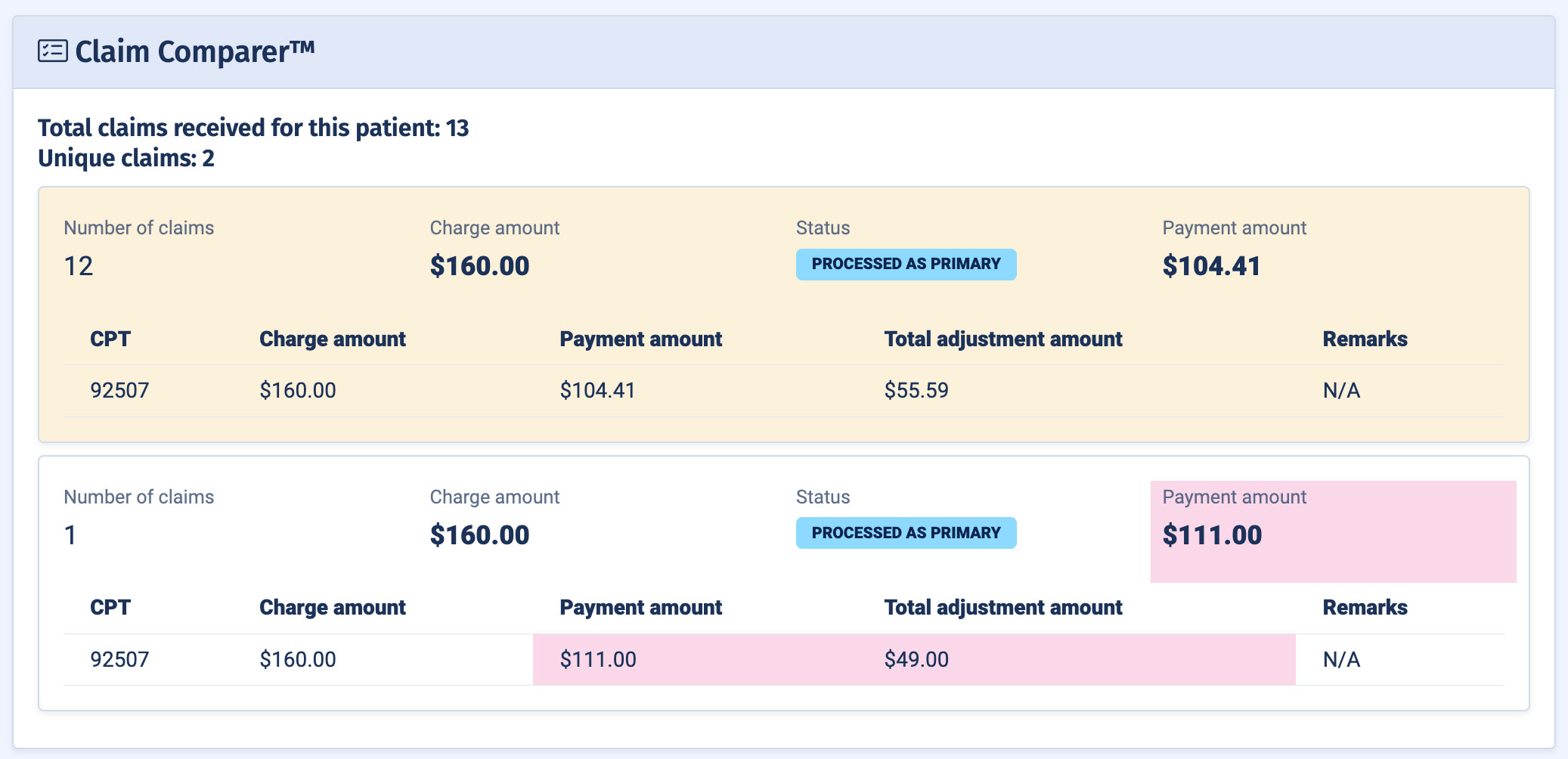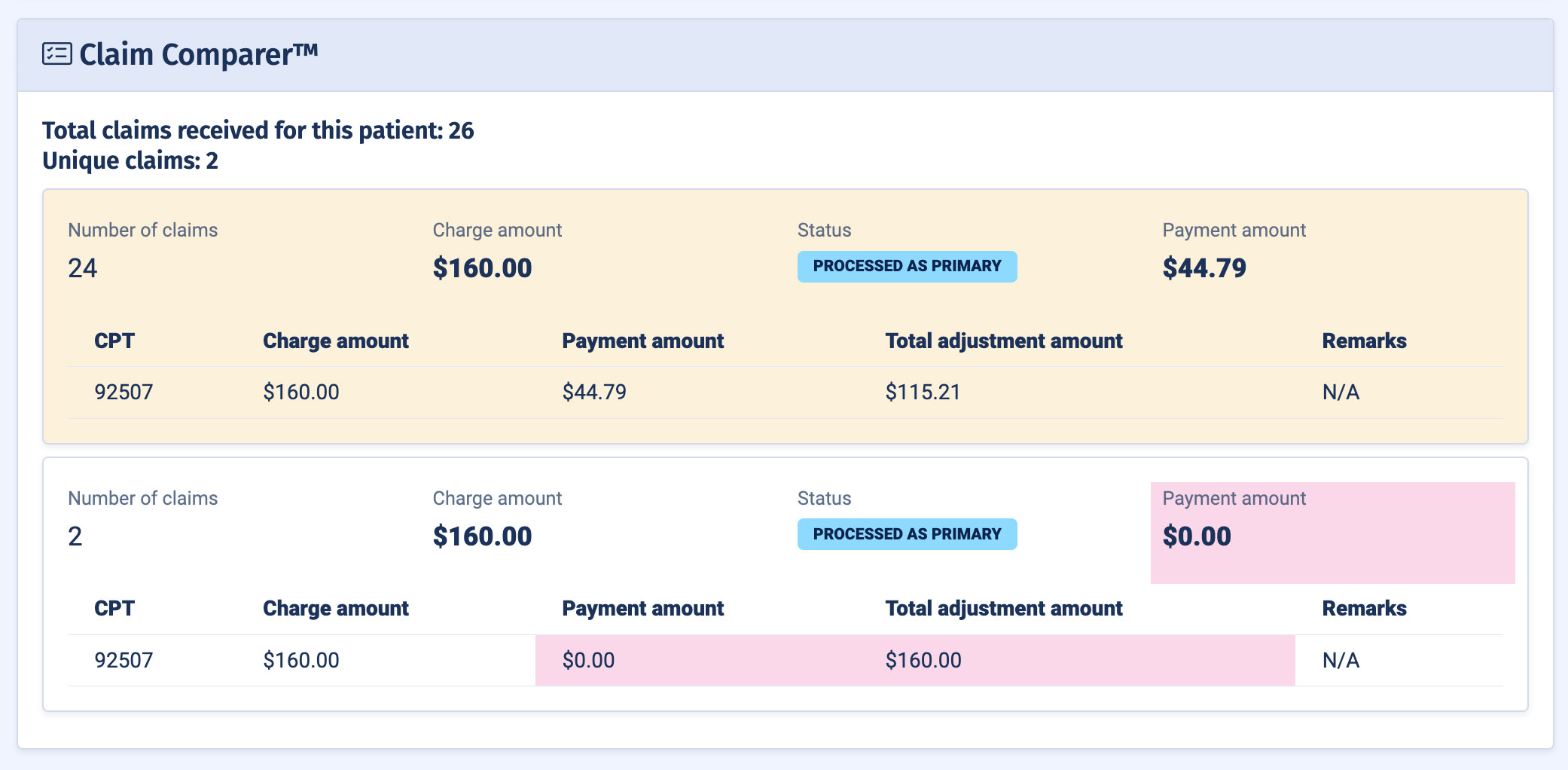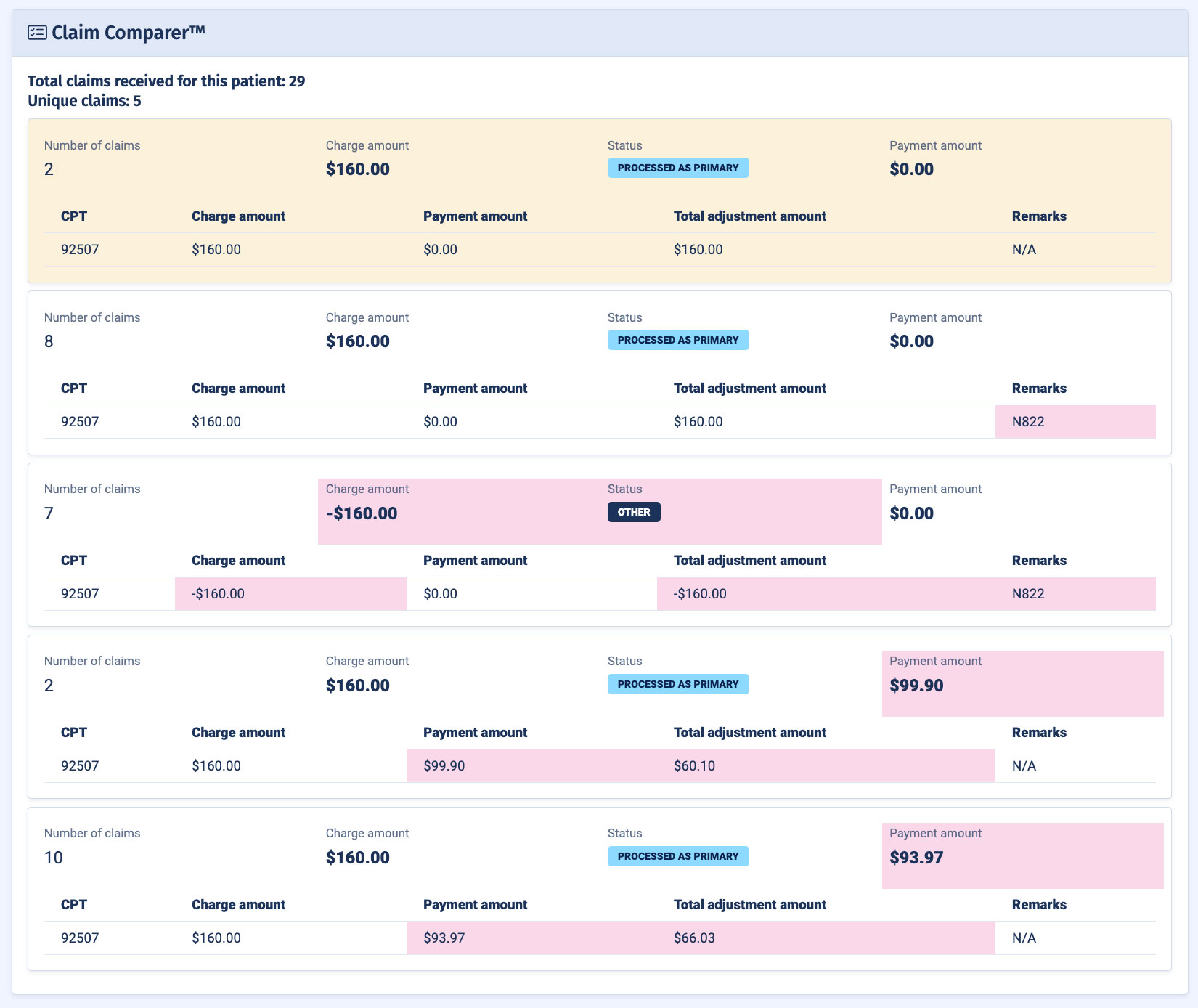Inventions
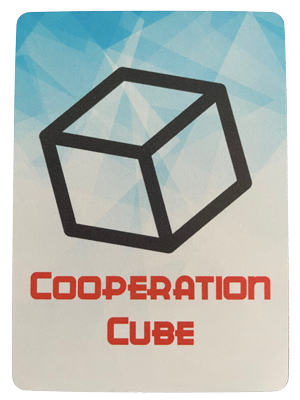
Cooperation Cube
A 4-player strategy, memory and semi-cooperation game
Try to complete as many grid patterns as you can. The more difficult the pattern, the more points you will earn. Help your opponents to earn extra points along the way, but don’t help them too much!
Includes:
- Cube
- 80 sticks (15 short sticks and 5 long sticks for each color)
- 1 die
- 30 Standard cards
- 12 Cooperation cards
- 10 Bonus cards
- 2 End of game bonus cards
Set up:
Each player chooses a color and all four players sit across from each other facing one side of the cube. Each player receives 20 sticks of their color (15 short sticks and 5 long sticks).
Before the game begins, the “cooperation” cards and “standard” cards should be separated into two piles and shuffled. 2 standard cards and 1 cooperation card are dealt to each player face down. The remaining “standard” and “cooperation” cards are then combined with the “bonus” cards into one pile and shuffled.
Game play:
At the beginning of the game a die is rolled to determine which player goes first.
A player has a choice to do one (and only one) of the following actions on their turn:
- Play a stick
- Draw a card
- Discard a card
- Play a bonus card
- Pass
The game play progresses clockwise from the first player. After all four players have taken one action, the cube is rotated 90 degrees clockwise. The cube is rotated 90 degrees clockwise after every 4 actions.
Game play continues until a player runs out of short sticks. When the first player runs out of short sticks, the 3 other players get one more turn and then the game ends.
At the end of the game players count their points by adding any:
- completed standard cards
- completed cooperation cards
- cooperation points from an opponent’s completed cooperation card
- bonus points
Players also subtract any uncompleted cards or negative bonus points for uncompleted cards.
Rules:
- It is not possible to play a long stick if the path is in any way blocked by another crossing long stick or a short stick on the opposite face.
- One card can only earn points for one face (i.e. even if you have the completed pattern on multiple faces you only get points for it once).
- Removed sticks are discarded and can not be played again.
- You can only play the side facing you.
- Bonus multipliers only count for cards in your hand (you don’t get bonus points for cooperation cards in an opponent’s hand).
- You must have at least one cooperation card in your hand at game end or else you are automatically disqualified.
- Turn and cube rotation are based on the seat, not the player. The cube is rotated 90 degrees clockwise after the player in seat 4 has finished and before the player in seat 1 begins their turn. It is therefore possible that a player could play two turns in a row if the "Switch seats with an opponent" bonus card is played in a specific manner.
- Stick color belongs to a player (not a seat). Players do not switch stick colors when a "Switch seats with an opponent" bonus card is played.
FAQ
Q. Can I lie to an opponent about a cooperation opportunity?
A. Sure, but don’t expect them to still be your friend at the end of the game.
Q. Can I show a card from my hand to a cooperation partner?
A. No. The reason behind this rule is to allow for more bluffing opportunities.
Q. Can I look at another face of the cube on my turn?
A. No, you can only look at the side facing you.
Q. Should I show a card once I have completed it?
A. No, keep your cards (completed and uncompleted) secret in your hand until the end of the game.
Q. Can I draw a card and play a stick on the same turn?
A. No, only one action is allowed per turn.
Q. Can I tell another player information about the side currently facing me (i.e. how many sticks, colors of sticks, placement of sticks)?
A. Yes, you may.
Q. If the cards in the draw pile run out, should the discarded cards be reshuffled?
A. No, once the draw card pile is empty it is finished. The discarded cards can not re-enter the game.
Q. Can I hide my remaining sticks from my opponent's view?
A. No, your remaining sticks should remain visible to all opponents on the table in front of you.
Q. How do I read the cooperative cards?
A. On the cooperative cards, the star is where you need to place your piece(s) while the black circle with the letter indicates where your opponent needs to place their piece(s).
Q. Can I get points for a bonus card if it is in my hand at the end of the game?
A. No, a bonus card must be played as an action in order to earn points for that bonus card. Played bonus cards should remain face up on the table in front of the player that played the bonus card. Bonus points are calculated at the end of the game.
Q. Do the colored faces have any meaning in the game?
A. No, the only reason the faces of the cube are colored is to help your memory separate the different playing sides throughout the game. The colored face does not serve any other purpose.
Q. What happens if I can’t play a long stick?
A. A long stick can only be played if there is not a short stick blocking it on the opposite face and if there are not any long sticks running perpendicular to it in that row. Thus, there may be times where you can no longer play any long sticks. Remember that the game ends when a player runs out of short sticks, so it is possible that all players may have long sticks remaining at the end of a game. Typically, long sticks are more likely to be played at the beginning of a game when the cube is more open.
Q. Does my cooperation partner subtract points if I am unable to complete a cooperation card in my hand?
A. No, only the player holding the card subtracts the points.
Q. Can you use a bonus card to remove an oppenents stick on a side that is not currently facing you?
A. No, only on the side that is currently facing you.
Q. Does a cooperation card in another player's hand (in which I am the cooperation partner) count as one of my "completed cards" for purposes of a bonus card or end of game bonus card?
A. No, only the cards in your own hand count toward your completed card count.
Q. If I play the "switch seats" bonus card do I take over the cards or color of the other player?
A. No, you only switch seats with that player. You keep the same color sticks. Additionally, the cards in your hand and the cards you have already played travel with you to your new seat.
Q. What happens if there is a tie for the end of game bonus cards?
A. In an event of a tie for the end of game bonus cards, each player in the tie will receive the points for the end of game bonus.
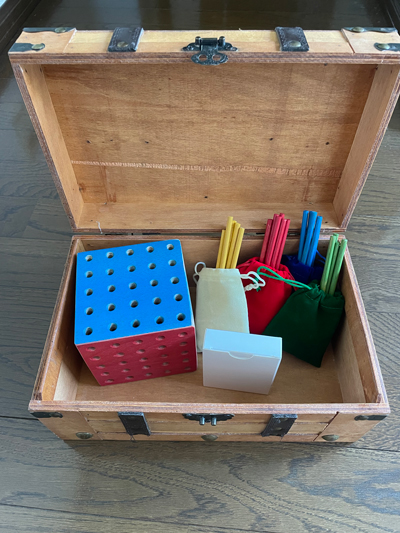
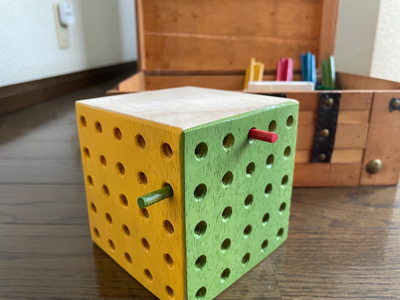
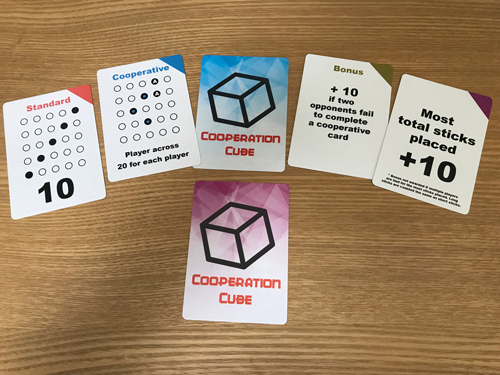
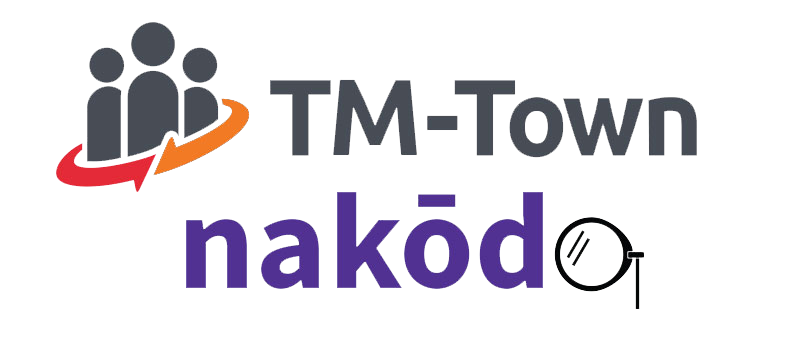
Nakōdo
A first-of-its-kind translator search engine wherein clients upload a sample of the text they need translated and Nakōdo matches experts for that text based on their prior work and expertise.
Patent: Knowledgebase with work products of service providers and processing thereof
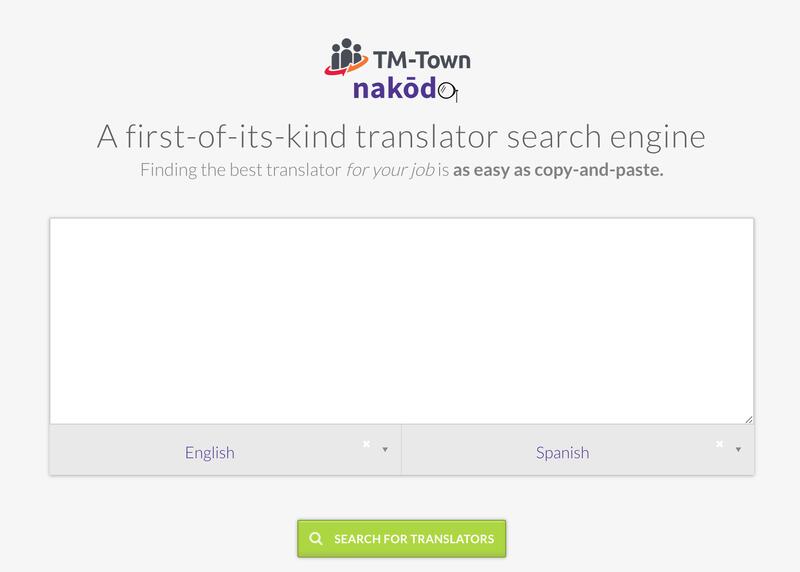
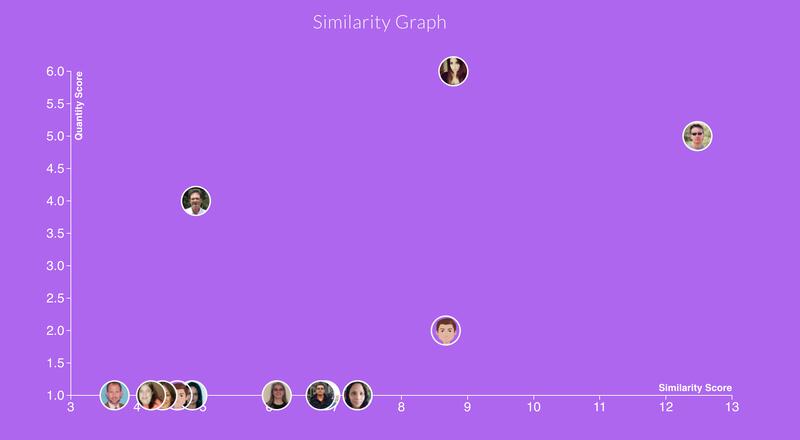
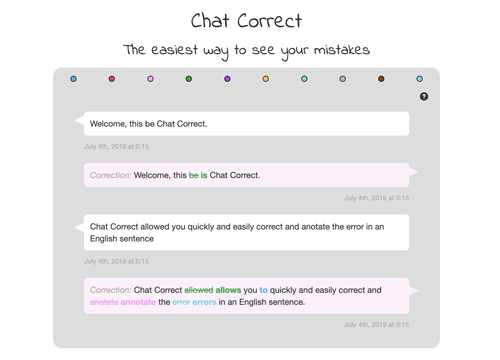
Chat Correct
A Ruby gem to help students improve their English. A teacher can correct a student's sentence and this gem will automatically provide information on the type of error (i.e. punctuation, spelling, etc.), the placement of the errors, and the number of errors.
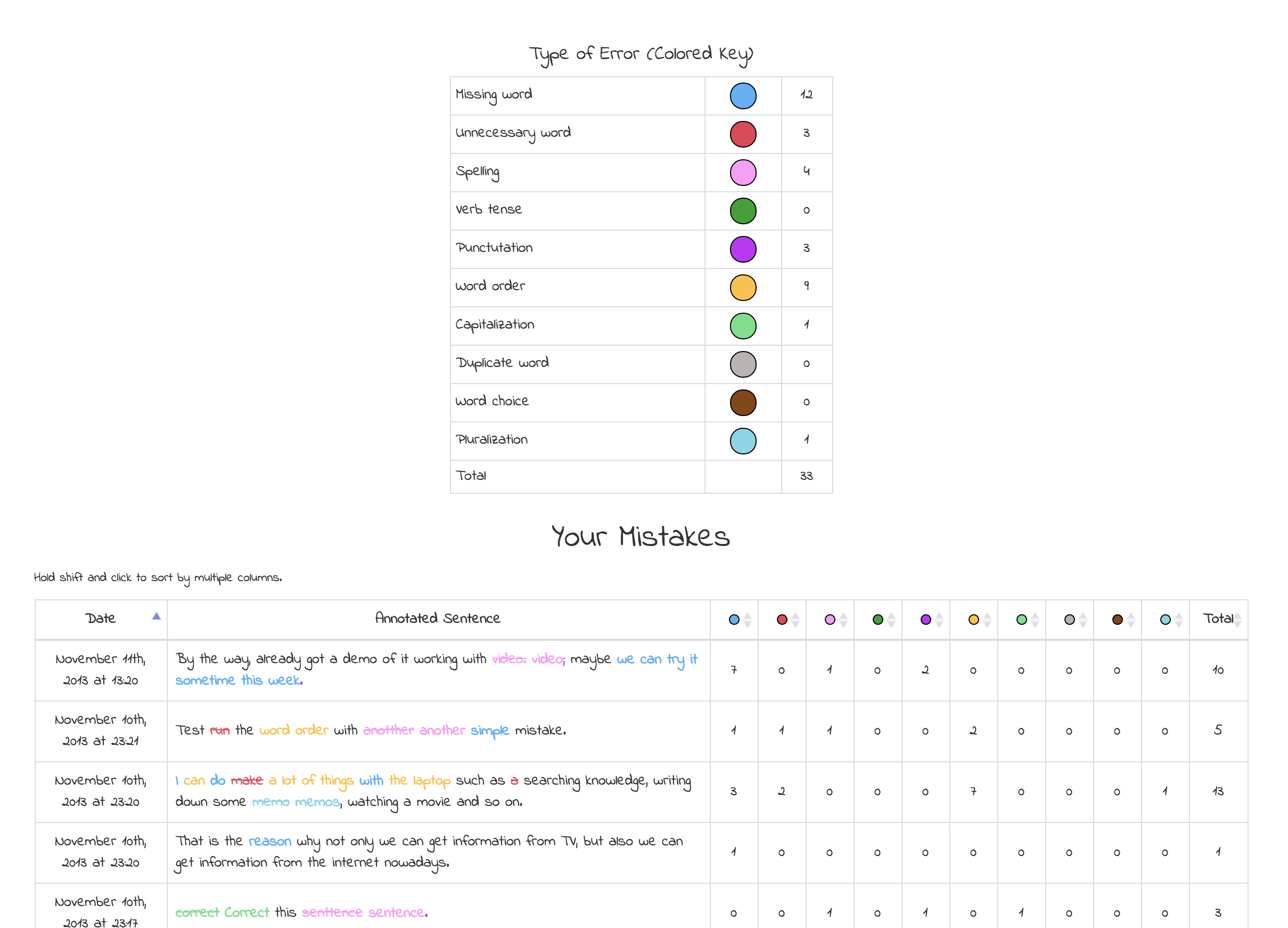
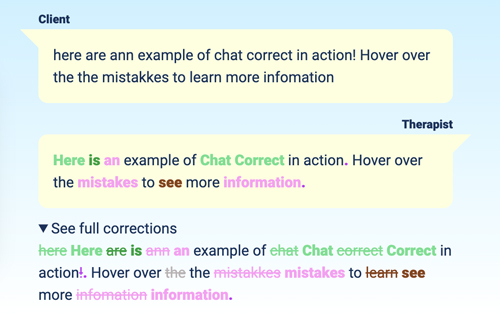
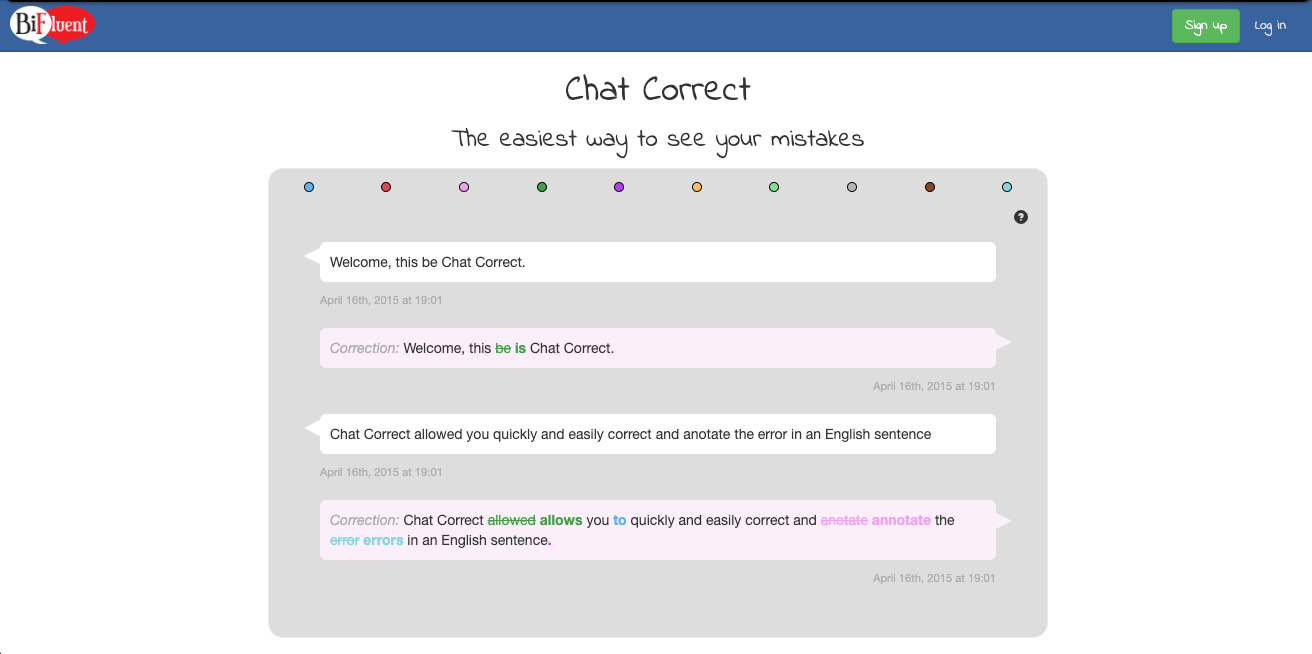
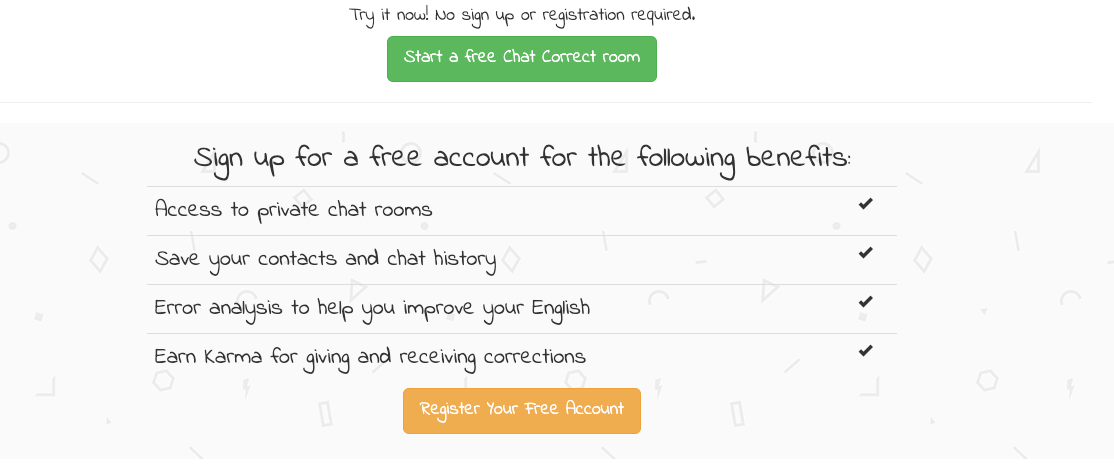
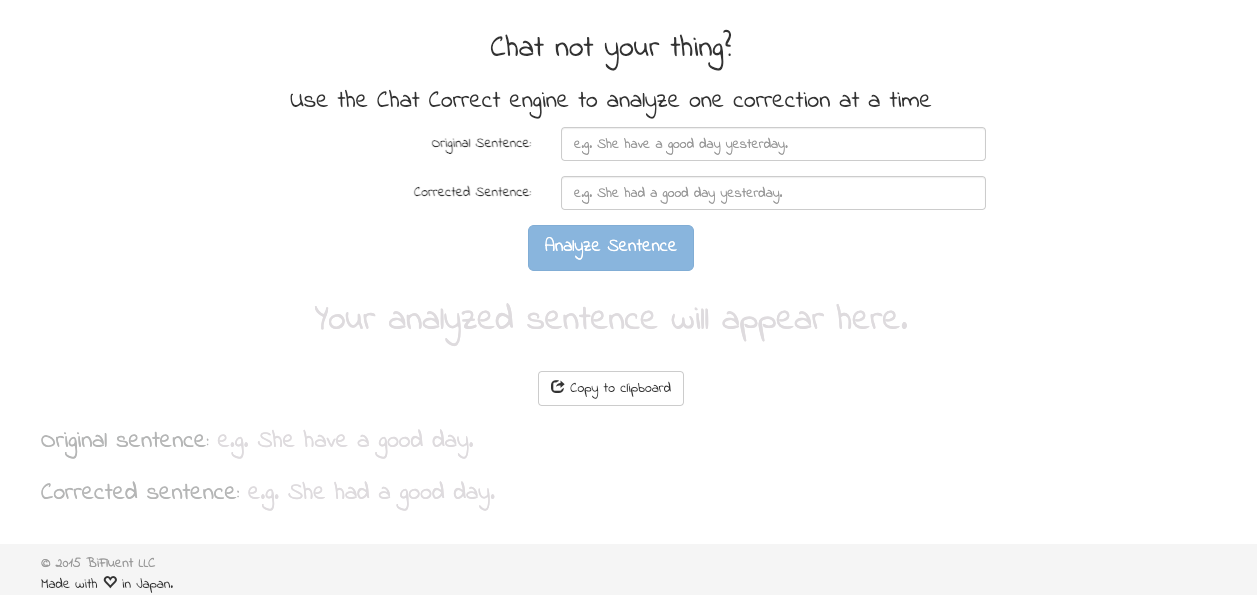

Tenalog™
Tenalog™ is a feature designed for Speech-Language Pathologists (SLPs) who find themselves overwhelmed with the paperwork associated with each therapy session. This tool frees up your time by automatically taking care of documentation tasks so that you can concentrate fully on your clients.
Simply record the audio of your therapy session using Tenalog™. Tenalog™ will then do the rest. It'll automatically transcribe the session, generate a visit note detailing the proceedings of the session, conduct an error analysis, prepare a summary for the parents, and even draft a plan for the next session.
This feature allows you to shift your attention from paperwork to where it really matters - your client. With Tenalog™, you'll not only save time but also provide more focused and effective therapy sessions, ensuring the best possible care for your clients.
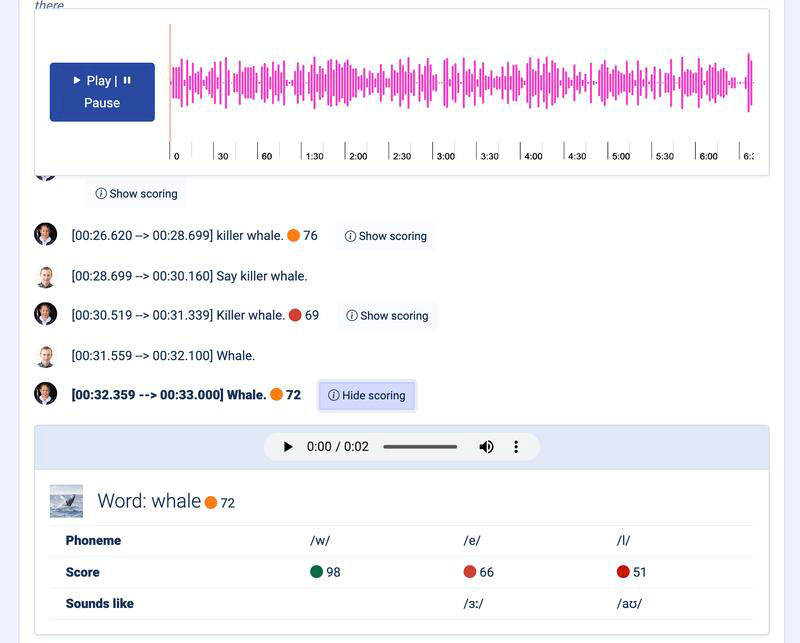
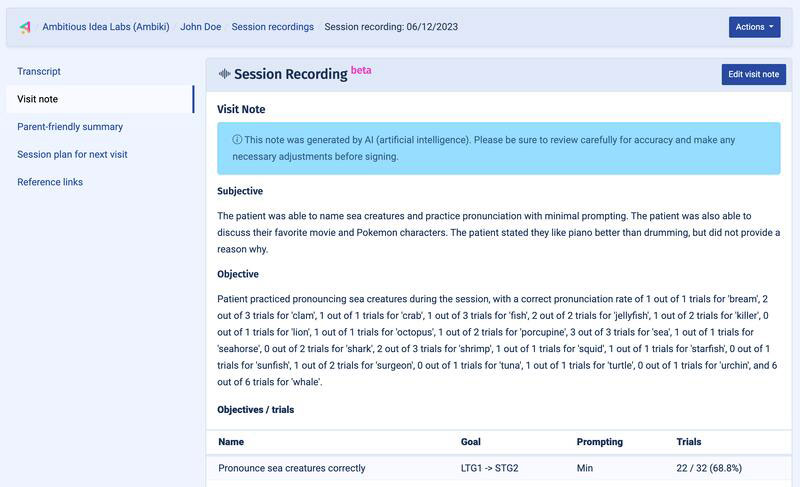
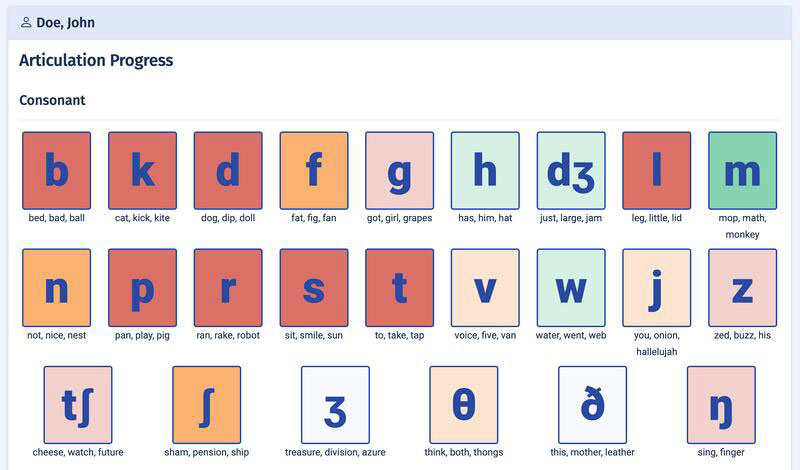
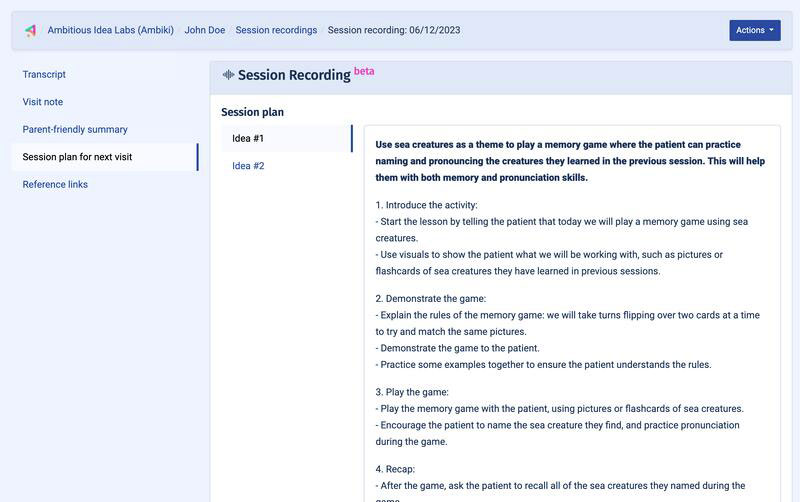
Claim Comparer™
Claim Comparer™ is a feature related to insurance billing ERAs (Electronic Remittance Advice), designed to help practices monitor significant changes for patients receiving ongoing care, such as speech therapy.
Claim Comparer™ tracks aspects of an ERA that typically remain consistent from one claim to another, excluding variables like the date of service, and alerts you to any new, unique claims detected.
Furthermore, Claim Comparer™ highlights differences in unique claims for a patient, simplifying the troubleshooting process and making it easier to visually identify discrepancies.
